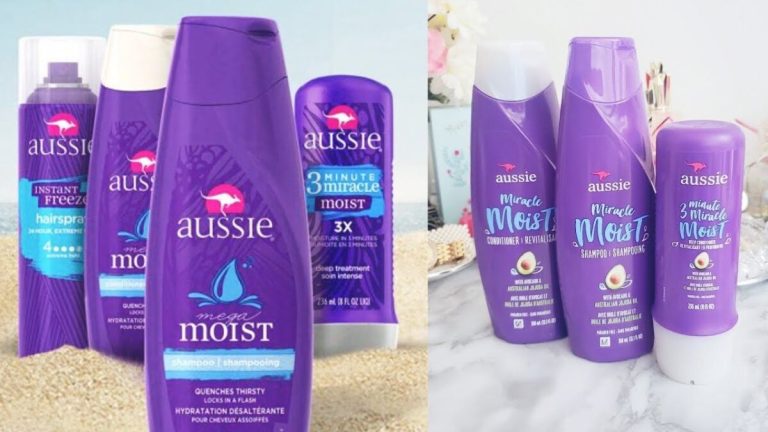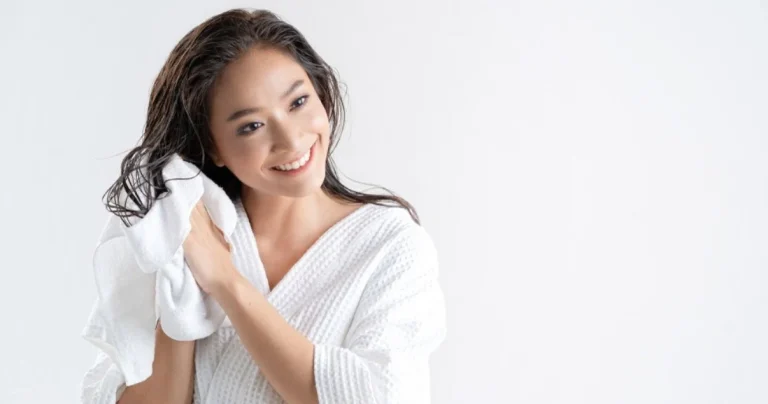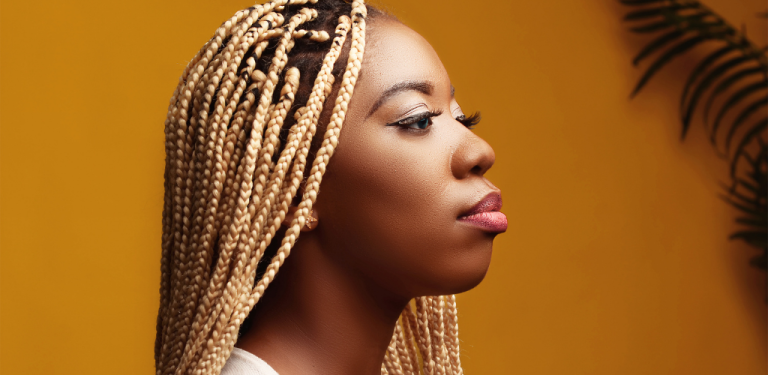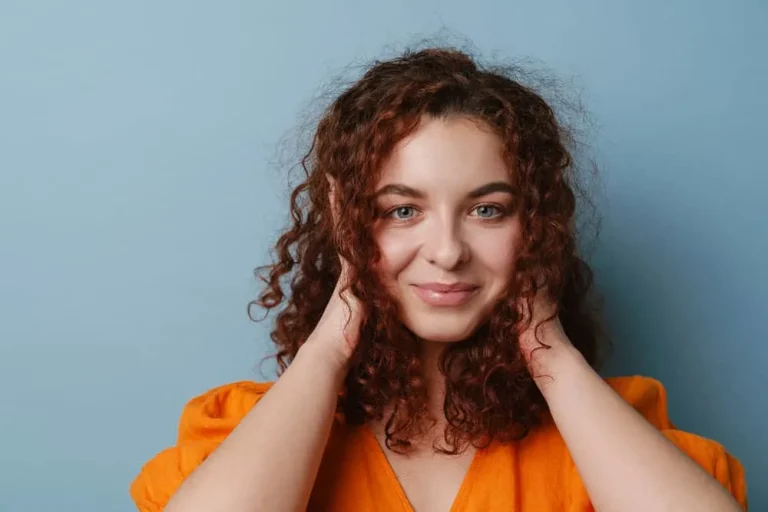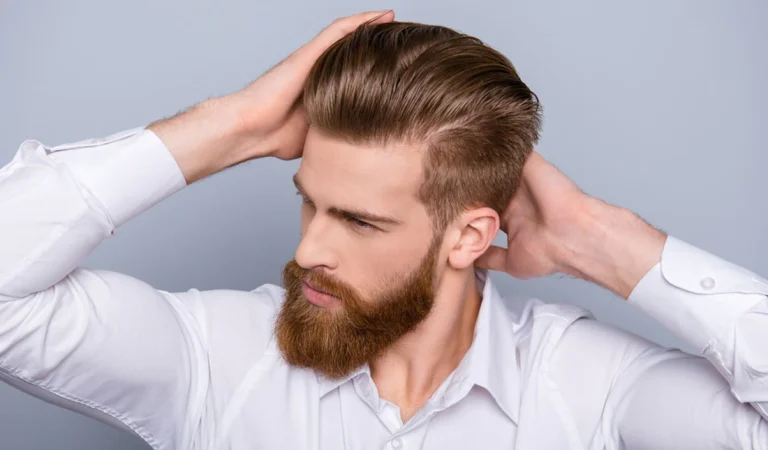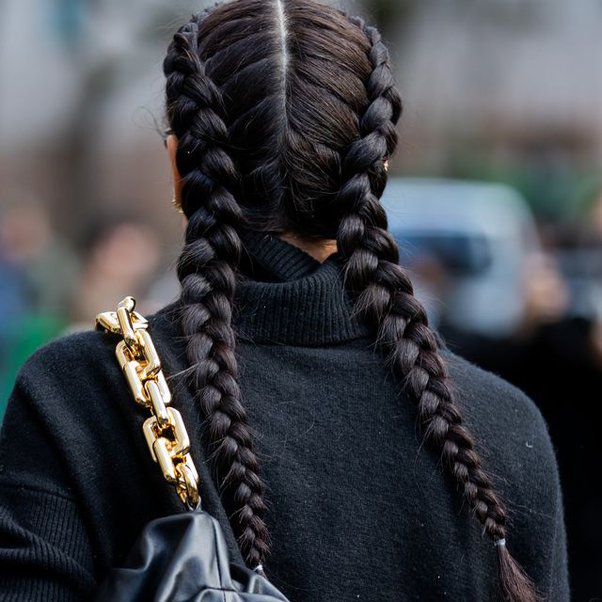11 Traditional Ancient Chinese Hairstyles
In ancient China, hair held special cultural and symbolic significance. The intricate hairstyles worn by women and men conveyed meaning about their social status, virtues, and life stage. Traditional Chinese hairstyles evolved over centuries, shaped by dynastic changes, cultural influences, and aesthetic trends.
Many ancient hairstyles and hair accessories remain popular today, especially for festivals, weddings, and celebrations. Learning about the origins and meanings behind these beautiful styles offers insight into China’s rich cultural heritage.
History of Traditional Ancient Chinese Hairstyles
Contents
Several superstitions governed hair customs in ancient China. During celebrations and festivities, women avoided washing or cutting their hair to preserve good fortune. There was a belief that washing or trimming hair in a baby’s first year of life could “wash away” their good luck.

The earliest records of traditional hairstyles date back to the Zhou Dynasty in 1046–256 BCE. During this era, upper-class women wore floor-length black hair in a high bun, secured by a silk wrap called a ji. The bun was accessorized with hairpins, beads, flowers, and combs made from pearls, jade, and ivory.
Half-wigs and tilted sideways buns emerged in the later Zhou periods. Commoners adapted simpler versions of elite hairstyles using cloth wraps and wooden hairpins.
With each new dynasty, Chinese hairstyles underwent continuous evolution as a result of cultural allusions, stories, and foreign contacts.
The Han Dynasty (206 BCE–220 CE) saw decorated buns and figure-eight-shaped jiuhuan ji (“nine-ringed coil”). Tang women (618-690 CE) arranged their hair in gravity-defying towers, while Song Dynasty (960-1279 CE) looks featured delicate flowers and wispy strands.
The arrival of Buddhism in China inspired new styles like the shizi ji bun. Chinese hairstyles reached their peak complexity during the Ming (1368–1644) and Qing (1644–1911 CE) dynasties.
11 Traditional Chinese Hairstyles
Several ancient hairstyles remain iconic today. Here are some of the most popular traditional styles, along with their history and cultural significance:
High Bun – 高髻
Zhou noblewomen wore the high bun. The hair was wrapped around a wooden support and embellished with pins and ornaments. The height of the bun conveyed the wearer’s social standing. This versatile style remains popular today for its elegance.
Ring Buns – 九環髻
“Nine ringed coil” buns feature interlocking coils of hair in a figure-eight shape. According to Confucian tradition, the circles represent harmony between yin and yang energies. This style was fashionable among Han Dynasty nobility.
Chui Bun – 垂髻
The Chui bun has loose, dangling locks of hair around the face. It emerged during the Han Dynasty and stayed popular through the Wei-Jin periods. Both nobility and commoners wore elaborate versions using hairpins and jeweled accessories.
Ji Fei Tian – 集飛簇
Ji fei tian features dozens of tiny coiled strands gathered into an intricate spiraled bun. This ornate style required hours of effort and became fashionable during China’s Southern Dynasties. Gold and silver silk threads added shimmering color.
Ma Ji Duo – 馬蓟奪
In the Tang Dynasty, both men and women tied a silk knot to hold their hair in a topknot. The name translates to “hemp leaves grasping a horse’s mane,” describing its windswept look. This versatile style was widely adopted.
Yun Ji – 雲髻
Meaning “cloud coiled hair,” this ethereal hairdo is twisted into a high spiraled knot with dangling side pieces. It developed during the Northern and Southern Dynasties among the Chinese aristocracy.
Shi Zi Ji – 十字髻
Also called the cross bun, hair is separated into three sections, then braided and coiled into an intricate bun shape. This style reflects the Western and Buddhist influences during China’s Tang dynasty.
Tou Sheng – 頭生
The “towering head” looks feature impossibly high buns and massive wigs worn by Tang noblewomen. Supports, false crowns, and cushions created gravity-defying height. This trend highlighted the wealth and privilege of imperial women.
Wo Zhui Ji – 倭髻
The “tilted bun” pairs small buns with hair tilted backward. Associated with Japanese style, the middle bun is combed upwards, then pulled out and pinned back down. This asymmetrical look remains popular for bridal styles.
Tao Xin Ji – 饕心髻
Women during the Song Dynasty wore their hair smoothed into a circular, flat bun shape. Intricate gold and silver sculptural hairpins provided embellishment. Its name translates to “glutton’s heart bun”.
Tou San Li – 頭三影
Meaning “three parts of hair”, this modernized late Qing Dynasty look gathered all hair into three sections and then twisted it into a bun. It appeared in the early 20th century as a simplified take on traditional styles.
Modern Translations of Ancient Chinese Hairstyles
Many ancient Chinese hairstyles translate seamlessly into modern looks. Here are some contemporary ways to wear these cultural styles:
Top Knot
The stylish top knot bun is a simple upgrade of the mao jin duo style. Add texture by curling ends before sweeping up into a high top knot.
Low Buns
Double low buns, popularized in Mao era China, offer a youthful version of traditional married women’s hairstyles. Wrap hair into two ponytails then coil into buns.
Half Updo
Pull the top layer of hair into a high ponytail then decorate with hairpins or flowers for a quick half updo, reminiscent of ancient styles.
Double Twisted Bun
For an updated take on the cross bun, divide hair into two sections and braid each one before coiling into low double buns in the back. Finish with ribbons for a sleek look.
Final Thoughts
Mastering the art of traditional Chinese hairstyling offers a meaningful way to celebrate Chinese culture. Pass down these living heritage arts by learning techniques and sharing them with younger generations. Allow ample time for styling and opt for bright festive colors like red. With practice and patience, anyone can achieve gorgeous cultural hairstyles.

Founded by Sophia Rodriguez, IGXO Cosmetics is a PETA-certified, cruelty-free, and vegan makeup brand.
